Crypto-Friendly Countries In Latin America
The economist Friedrich Hayek once said he hoped we would one day “take money out of the hands of government.” That vision remained theoretical for...

4 min read
Have you ever wondered why passports come in only a few colours despite the diversity of nations? There are almost 200 countries in the world, yet only a few colours are used!
Passports are typically red, blue, or green, while some countries even have black passports. Every country chooses its passport colour for reasons as varied as its history, religion, culture, and political views. If you wonder what these different colours mean, this article will help you discover why many countries choose the same colour.
The world is huge, but only four colours—red, blue, green, and black—are used! Countries do this for practicality, as well as historical and cultural reasons. As you’ll see below, countries upholding communist ideals tend to go for red, while Muslim nations prefer green. Meanwhile, only a handful of countries use black, and those using blue are often either maritime nations or “New World” (Western Hemisphere) countries.
When it comes to a passport’s technical features, certain standards need to be met. For instance, passports must be made of a material that bends without creasing, resists everyday chemicals, and maintains its integrity and machine readability in various conditions. Also, all passports must include a machine-readable zone and radio frequency identification chips, as we discussed in a previous article. Now, let’s see what these four colours mean!

Many red passports reflect socialist roots or Christian heritage. Common in the EU, this colour also appears in nations like Russia, China and Spain.
If you associate red tones with socialism or communism, you’re partly right! Some of the countries with red tones in their passports have historical ties to these political ideologies, such as Russia or China. However, not all the communist countries in the world have red passports. For example, Cuba’s passport is blue, a colour often associated with maritime nations and the “New World.”
Red hues also make reference to Europe’s Christian roots, as this colour represents ideals like spiritual awakening, action, and even the joy of life. Therefore, it’s no surprise that most EU countries, such as Italy, Spain or Portugal, have red-toned passports. The significance of red may have also impacted the colour choice of other Spanish-speaking countries, such as Ecuador, Peru, and Colombia, which are known for their religious devotion.
Please note that this is a general overview, and there are some cases where Christian or communist roots do not justify varying shades of red in passport colours, such as Japan and Switzerland.

Green passports often reflect Islamic faith and symbolism, seen in countries like Saudi Arabia and Pakistan. West African nations like Nigeria also use green for regional unity
Green hues are popular among Islamic countries due to their religious significance. Muslim-majority nations like Bangladesh, Indonesia, Saudi Arabia, and Pakistan have green passports. Certain Quran verses and Sunnah passages (traditions and practices of Muhammad) associate this colour with prosperity and even paradise.
However, not all the Muslim-majority countries have green passports. For instance, Qatar’s and Iran’s passports are red, while the UAE’s is blue. The Economic Community of West African States also decided to use green in all of their passports. Nigeria, Togo, and Mali are such examples.
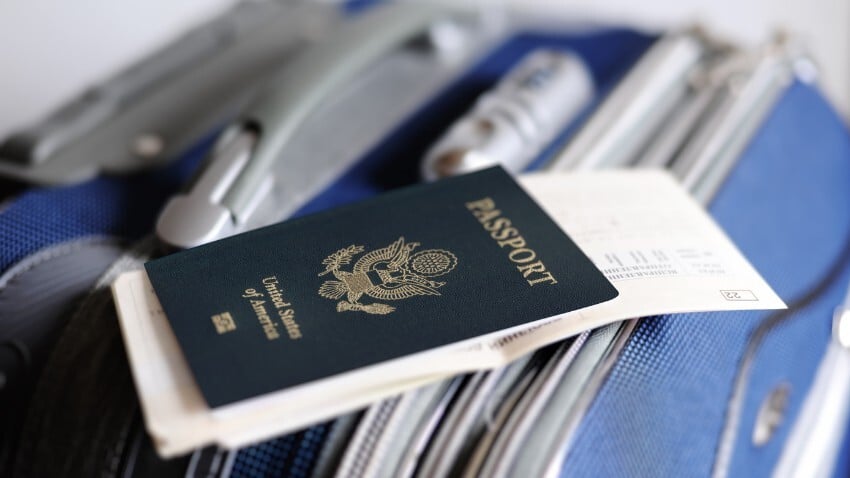
Blue passports are common in maritime and New World nations like the U.S. and Panama. The colour symbolizes oceans and exploration, though some European countries use it too
Blue hues are typical among maritime and “New World” countries. For example, Panama, Canada, and the U.S. have blue passports. Maritime nations like Mauritius, Seychelles, Fiji, and Nauru use blue hues in their travel documents. If you look at Caribbean nations like Barbados, Cuba, the Bahamas, and St. Kitts and Nevis, their passports are blue, which makes sense considering they’re island nations.
The colour blue has multiple meanings, such as the new world and the ocean. But just like the other colours, there are exceptions to the rule. For instance, Belarus, Liechtenstein, and Iceland also have blue passports despite not being part of the “New World.”
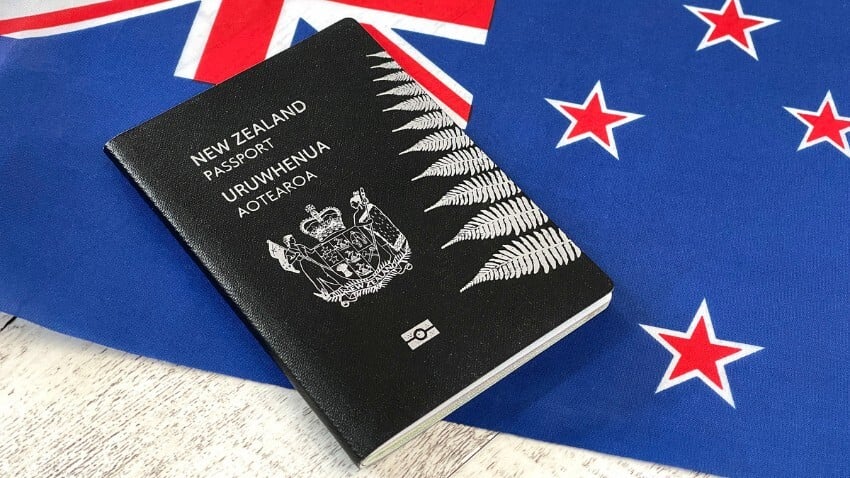
Black passports are rare and symbolize power or heritage. Countries like New Zealand and Zambia use them. In Māori and African cultures, black holds deep cultural meaning
Black is by far the least commonly used colour in passports, with fewer than 10 countries currently using it. The most common example might be New Zealand, which uses black, despite many other English-speaking countries using blue. This colour choice is often attributed to the local Maori civilization, for which black represents the heavens.
Other countries with black passports include Congo, Angola, and Zambia. The U.S. diplomatic passport is also issued in black. Due to its rarity, black represents power, formality, and sophistication. In some African traditions, though, this colour refers to primordial chaos and even eternal life.
If the various passport colours were not interesting enough due to their political and cultural significance, the covers and embossings are also worth examining. For instance, Canada’s passport may look ordinary, but landmarks and drawings look more colourful under UV lights. Similarly, the Norwegian passport features a stunning UV transformation that reveals the famous Northern Lights over a mountain range.
Another important feature that has changed over time is the passport colours themselves. A prime example is the UK’s decision to revert to its traditional blue passport following Brexit, after previously using the burgundy EU passport.
Diplomatic and official passports typically differ from those of regular citizens. In the United States, for example, regular passports are blue, diplomatic passports are black, and government passports are maroon. Vatican City, the smallest sovereign state, surprisingly issues one of the strongest passports in the world, while only a small minority of people, including clerics, diplomats and Swiss Guard members, have access to it.
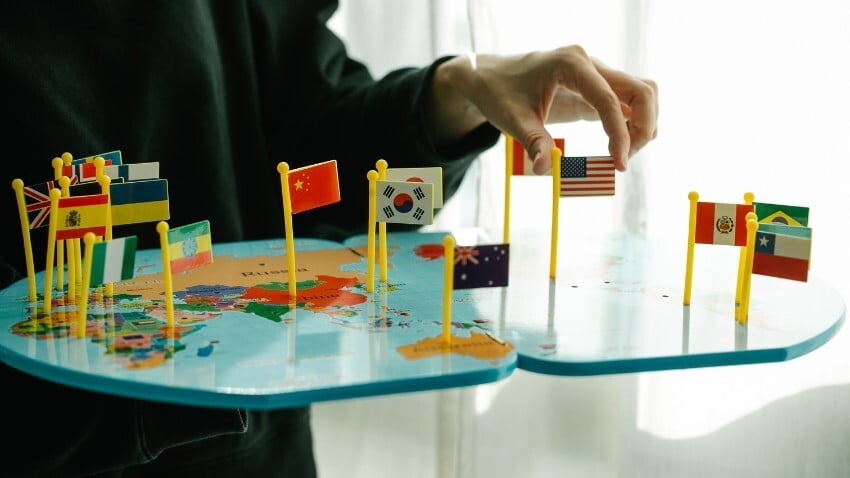
Passport colours reflect each country’s culture, politics, and geography. They’re more than travel documents; they carry meaning, history, and national identity in every detail
Did you know how the colour of your passport relates to your country’s history and culture? If you didn’t, now you do! Colours are rarely chosen randomly, as they speak about a country’s identity, location, and political ties. After reading this article, try to check your passport; you’ll probably see it in a different light and even come across new elements like UV transformations and intricate drawings.
Last but not least, don’t forget that passports are more than mere travel documents, works of art, or technological wonders; they’re the cornerstone of any successful expat’s offshore Plan-B. If you’re serious about getting a second passport easily and quickly, subscribe to our newsletter and claim your free special report, ‘Plan-B Residencies & Instant Citizenships.’
If you want the best intel from the expat world, including profitable offshore opportunities, little-known tax-saving strategies, and hard-won insights on immigration, passports, and Plan-B residencies, all delivered to your inbox every single week, then join our daily correspondence, EMS Pulse®. Currently enjoyed by over 84,000 expats and expat-hopefuls worldwide. Fill in the form below to join our newsletter free:

Written by Mikkel Thorup
Mikkel Thorup is the world’s most sought-after expat consultant. He focuses on helping high-net-worth private clients to legally mitigate tax liabilities, obtain a second residency and citizenship, and assemble a portfolio of foreign investments including international real estate, timber plantations, agricultural land and other hard-money tangible assets. Mikkel is the Founder and CEO at Expat Money®, a private consulting firm started in 2017. He hosts the popular weekly podcast, the Expat Money Show, and wrote the definitive #1-Best Selling book Expat Secrets - How To Pay Zero Taxes, Live Overseas And Make Giant Piles Of Money, and his second book: Expats Guide On Moving To Mexico.
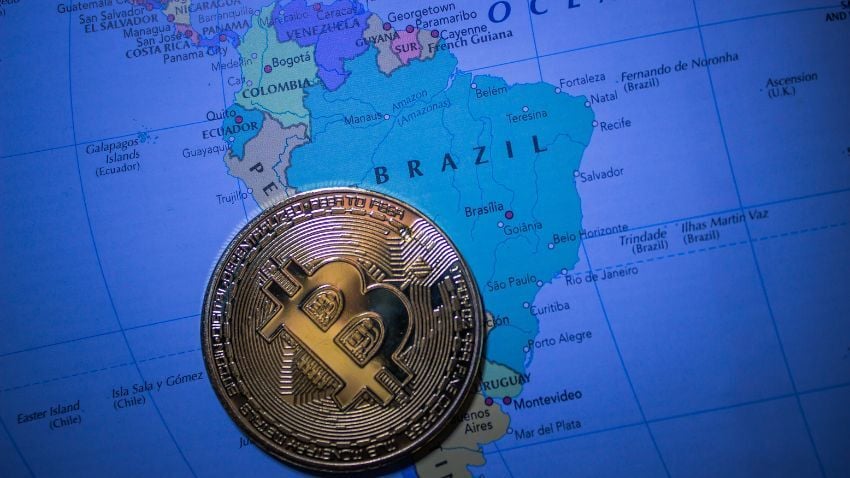
The economist Friedrich Hayek once said he hoped we would one day “take money out of the hands of government.” That vision remained theoretical for...
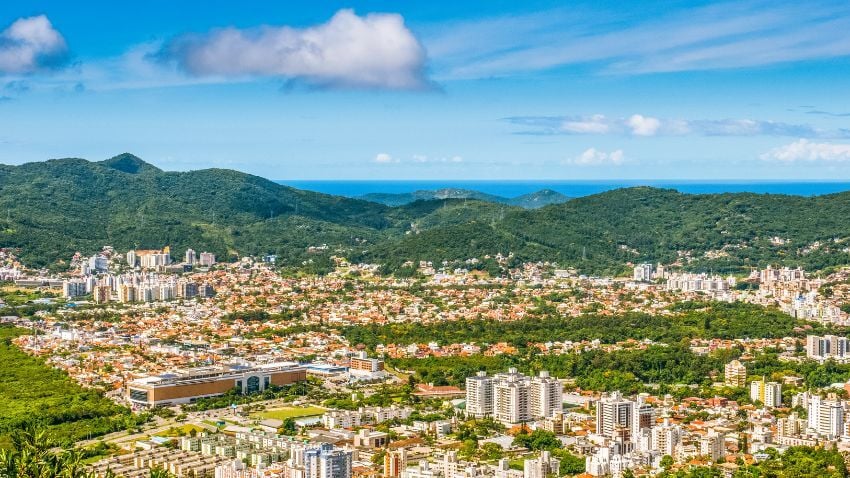
Many people picture Latin America as a region of jungles, beaches, and constant sunshine. While that image has some truth, it doesn’t tell the whole...
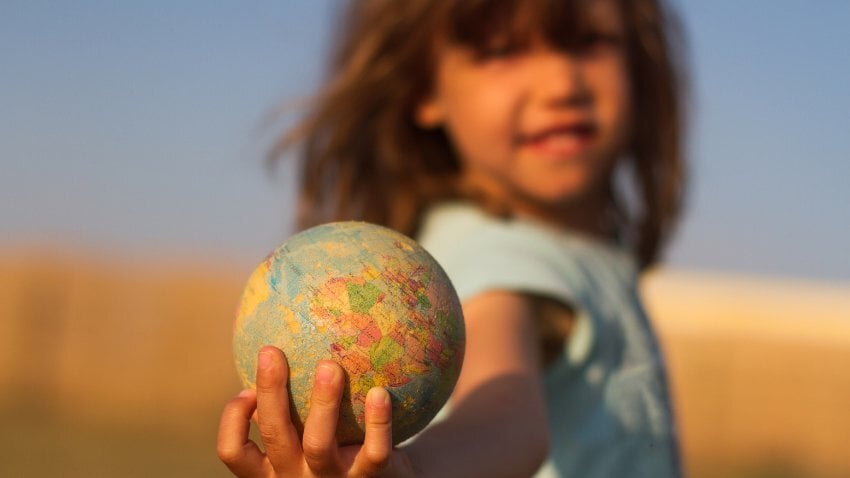
When you move abroad with children, you’re not just choosing a new country; you’re choosing the environment that will shape their future. Sunshine,...